3 Keys to Overcome Email Overload – Part 6c: Workload management
This is the 10th in a series of blog posts designed to help you recognise the profound and far-reaching impact email overload has in your life and offer solutions to help you overcome the challenges it presents.
There are 7 Critical Impacts of Information & Email Overload.
Impact #6c: Organisational dysfunction
Looking beyond the impact on individuals, one can also see the ‘knock on’ effect that information overload has on the many aspects of an organisation and some of its more critical processes. The third of these is;
Workload Management
A major use of e–mail is to assign and delegate workload. The sender makes a request: fill a Web survey, attend a meeting, compile and share materials, write a report, check a file etc.
The shorter tasks (10 minutes or less) are often attended to as the message is read. This distraction away from prior, usually higher priority tasks, that were being worked on can accumulate rapidly. The longer tasks are added to the recipient’s work plan for coming days.
The critical point is that employees spend a significant amount of their working hours in undertaking tasks dictated to them by others, irrespective of their own priorities and often without being able to negotiate a shift in their priorities.
These days, many of the impromptu tasks and unrealistic deadlines are received from the manager himself! However, the fast-paced, interruptive nature of information and e-mail overload means that whole workplaces have gone from being proactive and plan–driven to reactive and interrupt–driven
Prior to e–mail, people planned their day based on their individual workload and objectives. If anyone wanted their time, it would have to be negotiated (either with the employee themselves or with their manager).
So, what can do you about it?
Here are a few ideas to reduce impact of email overload as it relates to workload management
Change your working paradigm - shift from an inbox-based, interruption-driven and reactive mode of working to one that is calendar-based, plan-driven and proactive.
This is all based on how you start the day, so change defaults so that you see your calendar rather than the inbox at beginning of your day.
Recognise that the in-box is not your to-do list - the calendar is the best tool for managing your workload.
Why this ezine/blog?
Email is the #1 productivity killer - many say it’s the single biggest waste of time in the modern workplace. It occupies 2.6 hours a day, but 25% of this time is unproductive. And volumes are increasing, despite the rise and rise of social media and other collaborative tools. More and more, email Save & Close has taken over your day, your week, your work, your life!
This series of ezines is designed to help you recognise the profound and far-reaching impact email overload has in your life and offer solutions to help you overcome the challenges it presents. The aim is to restore email to its rightful place as a facilitator of improved productivity, so that you are the master and it is the slave (rather than the other way round).
All the best!

